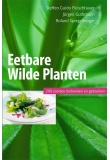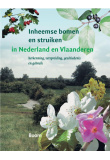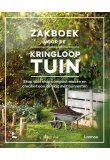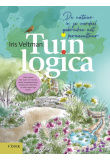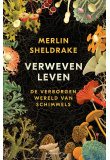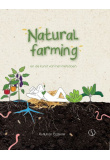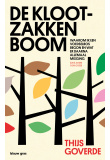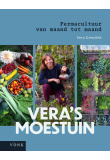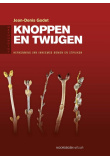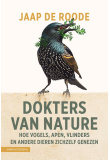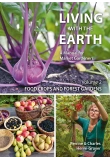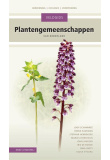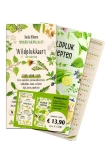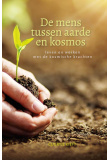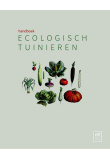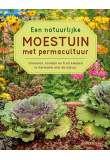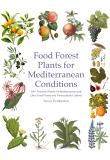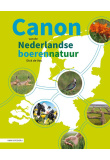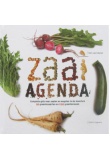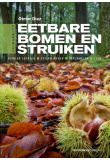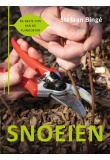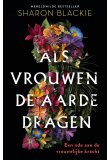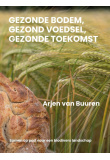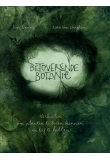Aanbevolen, actueel, nieuw of binnenkort verwacht
€ 24,95 per stuk
Eetbare wilde planten, 200 soorten herkennen en gebruiken
3 exemplaren in voorraad
Product details
€ 59,25 per stuk
Inheemse bomen en struiken in Nederland en Vlaanderen
3 exemplaren in voorraad
Product details
€ 29,99 per stuk
Natural farming en de kunst van het nietsdoen
3 exemplaren in voorraad
Product details
€ 18,90 per stuk
Permaculture Design - a step by step guide
4 exemplaren in voorraad
Product details
€ 32,50 per stuk
Vera’s moestuin - Permacultuur van maand tot maand
2 exemplaren in voorraad
Product details
€ 49,85 per stuk
Living with the Earth: Volume 2 – Food Crops and Forest Gardens
Geen voorraad
Product details
€ 47,95 per stuk
Veldgids plantengemeenschappen van Nederland 4de druk
Geen voorraad
Product details
€ 13,90 per stuk
WILDPLUKSET - wildplukkaart & receptenboekje
5 exemplaren in voorraad
Product details
€ 32,50 per stuk
Duurzaam snoeien - met respect voor plant en dier
3 exemplaren in voorraad
Product details
€ 24,95 per stuk
Permacultuur in je persoonlijke en sociale leven
1 product in voorraad
Product details
€ 41,45 per stuk
Living with the Earth: Volume 3 – Creating a Microfarm
Geen voorraad
Product details
€ 49,00 per stuk
Gezonde bodem, gezond voedsel, gezonde toekomst
3 exemplaren in voorraad
Product details

